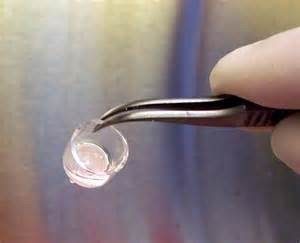The Eye Irritation Test (EIT) is an OECD-approved in vitro non-animal test method for identifying chemicals and mixtures that may be irritating to the corneal epithelium. The test method utilizes an in vitro reconstructed human corneal epithelium (RhCE) model (EpiOcular™, MatTek Corp. or HCE, SkinEthic™), in an acute exposure assay to support international regulatory labeling requirements, according to the United Nations Globally Harmonized System of Classification and Labelling of Chemicals (UN GHS).
The Eye Irritation Test can be used to support European Cosmetics dossier and REACH registration requirements. Test materials that result in a relative tissue viability >60% do not require classification for eye irritation or serious eye damage.

